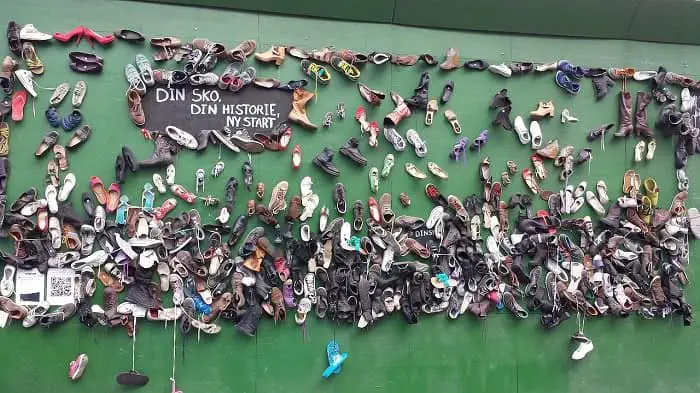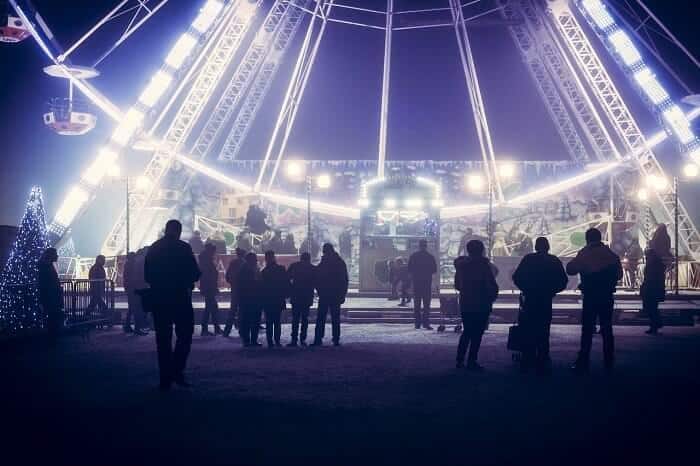What is Placemaking?
Placemaking was a concept derived from William H. Whyte. Placemaking is an approach to city planning where the citizens and the local community are involved in driving projects and events to bring the community together. It gains ideas from the local community and the neighborhood in which the project is taking place so that the people living in the area of the placemaking project are involved. It is about driving change in the public spaces and involving people around the public space to understand and experience the space through first-hand exposure. Placemaking requires vision and acts as a group effort. An example of a placemaking project is where the community is involved in painting the streets around its area to beautify the public spaces. It is a way to activate the public realm so that more people can use the public space and show interest in improving their neighborhood. It is part of the urban design of the public space that contributes people to come together and activate the space. It considers community-based participation the key to driving change and an effective way to promote people’s well-being and happiness.

From ‘Space’ to ‘Place’ – developing emotional bonding with the place
Placemaking was formed because it was found that people have deep meanings and associations to the places they visit and gather in on a regular basis. This contributes to a concept of ‘place.’ For instance, when a person visits a garden for the first time, it might not be as appealing to them compared to when they visit it on a regular basis. There is no sense of attachment the first time they visit the public space, however, if the public space is up to the standards and draws a connection with the person when they visit it the first time, it is likely that they will continue to visit it on a regular basis. When the person visits the garden the first time, it is a ‘space’ of unfamiliarity and if the person forms an attachment to the public space and keeps visiting it from time to time, then the public space becomes a public ‘place’ of deeper meaning for the individual. Placemaking draws on this concept of ‘place’ to bring people closer to their public spaces.

Through placemaking, place attachment is formed which creates an emotional bond between the person and the place that they are attached to. Place attachment can be different for different people because it is reliant on each person’s personal experiences. However, when a person is attached to a place, it is likely that they will spread information about the particular public space they are attached to which will increase the visitors and growth of the public space. The place needs to be meaningful for the person for place attachment to occur. This contributes to building a space based on a human scale. Many places which have been through urban degradation use placemaking to renew their cities and urban spaces.
Examples of Placemaking Projects – Newcastle Project and Yoga Day & urban festival in Chandigarh
Renew Newcastle Project
This project took place in Australia’s city of New Castle in New South Wales. The Renew Newcastle Project is a Do It Yourself initiative that brings people together in New Castle to carry out basic maintenance, painting, and renewal of the buildings around the CBD area. The project has a public-private partnership associated with it, where it is funded by the local government and also supported by some business partners to manage the use of the buildings. The project is voluntary based and acts upon citizen’s involvement of the place.
Yoga Day and Urban Festival in Chandigarh
The Capitol Complex of Chandigarh which was built by Le Corbusier has acted as a very significant public space for the people of the city. Yoga Day 2016 and the Urban Festival in 2018 were a sign of place-making, although not to a very large extent as it wasn’t completely formed by the community. For Yoga Day 2016, many people gathered around the Capitol Complex to perform Yoga which is a sign of health and prosperity. This was a placemaking initiative and there are many other examples of events that take place in the Capitol Complex. During the Urban Festival 2018, the complex was filled with lights and held many events initiated by people of Chandigarh. There need to be more placemaking initiatives like these in India which contributes to bringing people together and also provides a significance to the public space and its architecture.
Conclusion – way forward with placemaking
Therefore, placemaking concepts are growing around the world as public spaces gain more recognition. Placemaking focus is on contributing meaningful places to people where they feel comfortable and at ease. When the community is involved in the events themselves, there is a higher sense of pride and place attachment to the public space. As people continually use the space, the meaning and significance of the place increases and creates an emotional bond between people and the public space. This is important if people want to make the most of their cities and the public spaces it provides. Placemaking has proven to engage and contribute to activated places for people.